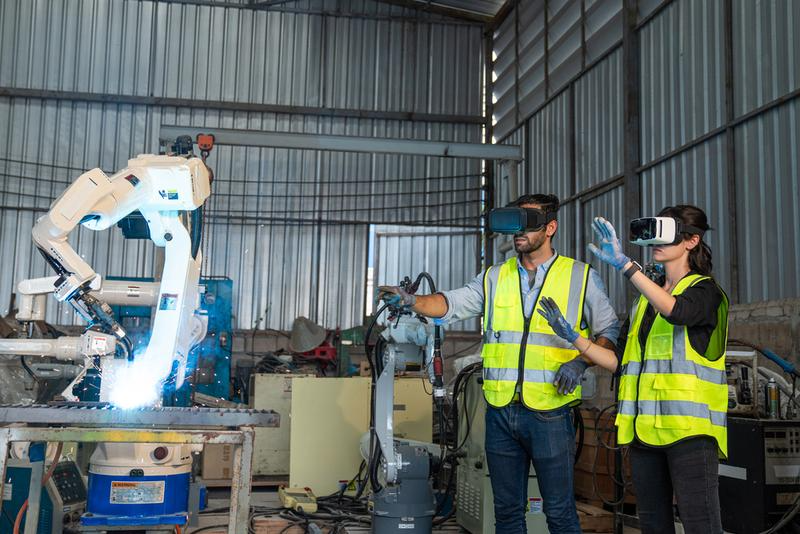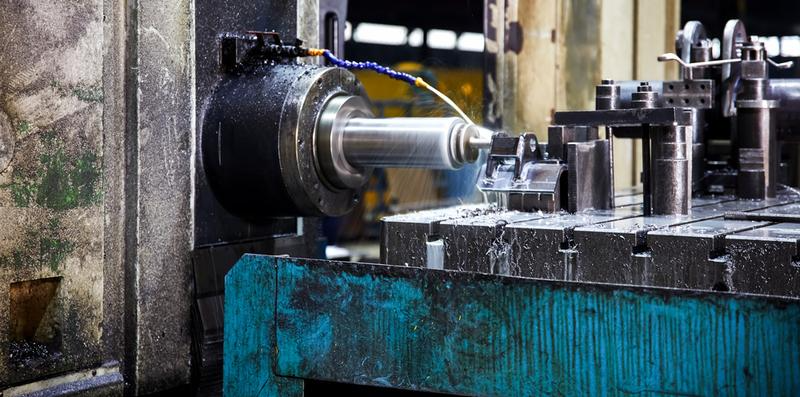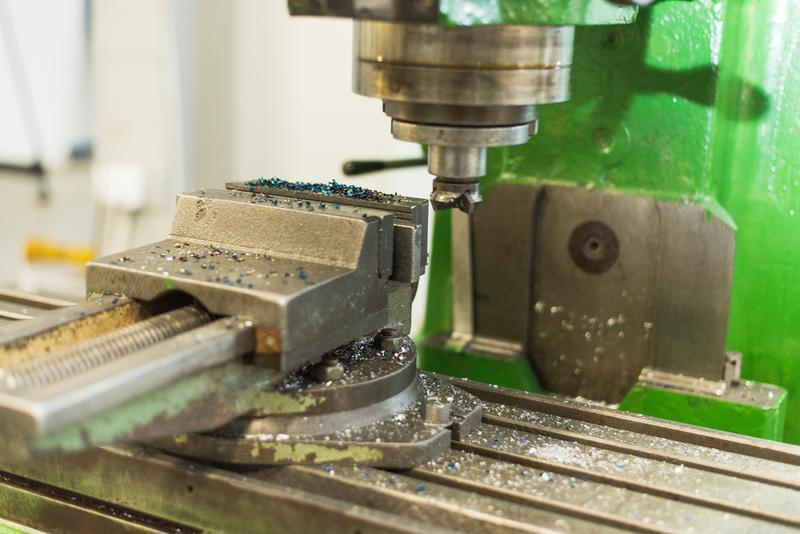How to Successfully Procure Non-Standard Furniture Hardware

How to Successfully Procure Non-Standard Furniture Hardware
When it comes to supporting furniture, hardware plays an irreplaceable role. Not only must these components bear the weight of the furniture, but they must also harmonize with the overall design, showcasing unique aesthetic value. Much like how mechanical parts are the “cells” of machinery, hardware is a critical part of furniture. The quality and stability of these components directly affect the usability and lifespan of the furniture. This makes non-standard hardware procurement a challenge that furniture manufacturers and designers must face.

Understanding Non-Standard Hardware Procurement
Non-standard hardware procurement is akin to selecting precision components in mechanical equipment—it requires meticulous consideration. These components could be standard parts or customized items specifically designed for particular furniture. Each piece of hardware has its own application scenario and operational requirements, and its design and material selection are directly related to the furniture’s stability and aesthetics.
When dealing with non-standard hardware, we must focus not only on functionality but also on aesthetics and cost-effectiveness. The furniture market faces numerous challenges. From a supply-side perspective, because furniture design and production requirements vary, most hardware suppliers focus on just one or a few product types, leading to limited product categories. From the demand-side perspective, as personalized home décor trends increase, the demand for non-standard hardware has become more fragmented. This fragmentation presents a challenge for procurement, testing the ability to source and manage these components effectively. To be a top-notch hardware buyer, certain skills and knowledge are essential.

10 Key Skills for Non-Standard Hardware Procurement
- Ability to Read Technical Drawings
Understanding technical drawings is essential. By interpreting the specifics of the hardware, you can categorize and place orders with the right suppliers. Without this, pricing, delivery, and quality could quickly go awry. - Understanding Material Costs
Knowledge of the basic cost calculations for hardware materials is a must. This is something that comes with experience and practice. - Understanding Manufacturing Processes
Familiarity with manufacturing processes, including surface treatment and stamping, is crucial. You don’t need to be an expert but understanding the basic steps will help streamline procurement. - Estimating Production Time
Knowing the performance of common machine tools and understanding basic stamping principles will help you estimate processing time effectively. - Price Estimation
Be aware of current market rates for common machining processes and equipment costs. This knowledge will guide your price estimates. - Requesting Quotes
Requesting quotes should be purposeful. Two or three quotes are generally sufficient—more than that is a waste of time and energy. Assess the equipment condition and worker skills when requesting quotes. - Negotiating Prices
Listen to the supplier’s processing methods and adjust your price estimates accordingly. If necessary, highlight areas where they may fall short. By the end of the year, procurement personnel should have basic negotiation skills. - Placing Orders
Once you’ve made a decision, finalize the contract with room for flexibility, particularly regarding delivery schedules. - Tracking Orders
Follow up regularly to stay informed about progress and avoid delays. - Finalizing Payments
Once the products are delivered, complete payment and ensure all invoices match up.
The above 10 points may not be mastered overnight, but they provide a roadmap for improvement. Over time, these concepts will help refine your approach.

4 Insights from Industry Peers
- Weak Technical Expertise
Some hardware manufacturers lack the technical know-how to fully understand complex drawings. They may appear promising at first, but their capabilities are often exaggerated. These companies often struggle to attract skilled workers. - Limited Equipment and Capability
Some manufacturers operate with minimal equipment, which can hinder their ability to achieve high-precision results. However, they may offer quick turnarounds and low prices for a small number of products. The trade-off is often a lack of quality control and failure to meet deadlines. - Unrealistic Expectations
Certain manufacturers dream of large orders with high profits and simple processes. In today’s competitive market, such dreams are often unrealistic, leading to closures when expectations are not met. - Unethical Practices
Some manufacturers engage in unethical practices, overcharging or misleading customers. This is especially common with large enterprises that have budget flexibility. Small businesses, however, cannot afford to make such mistakes, and every penny counts in product costs.

Personal Advice for Effective Procurement
- Factory Visits Are Crucial
To avoid falling victim to low-price competition and unethical practices, visit factories in person and meet the owners. A company’s growth is often tied to the owner’s integrity and professionalism. - Inspect the Production Floor
Avoid visiting during off-hours. Bring along someone who understands the industry to assess the quality and specifications of their products. If the workshop is disorganized or the workers are unprofessional, you may need to reconsider. If the products meet your standards, however, and they offer competitive pricing, they might still be worth considering.
